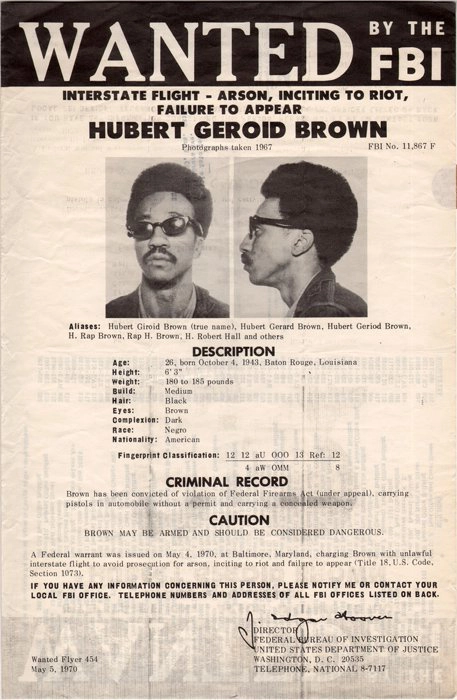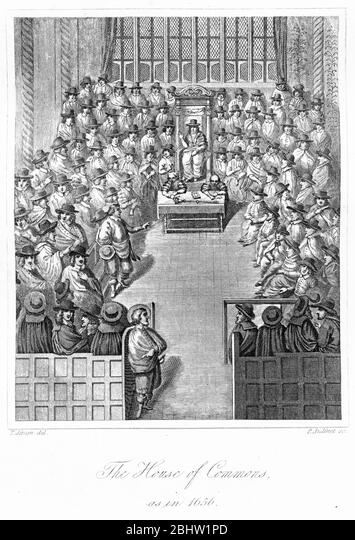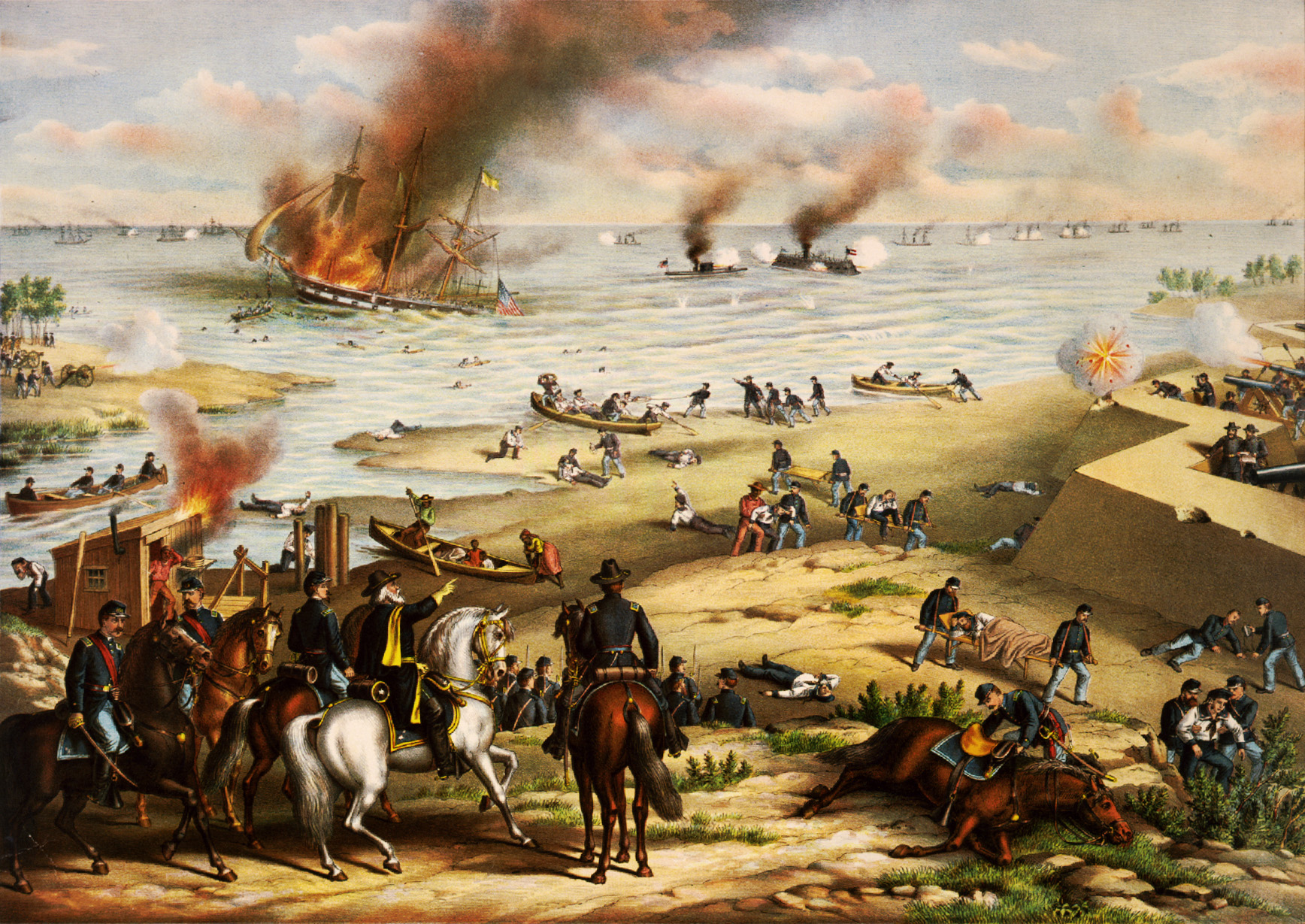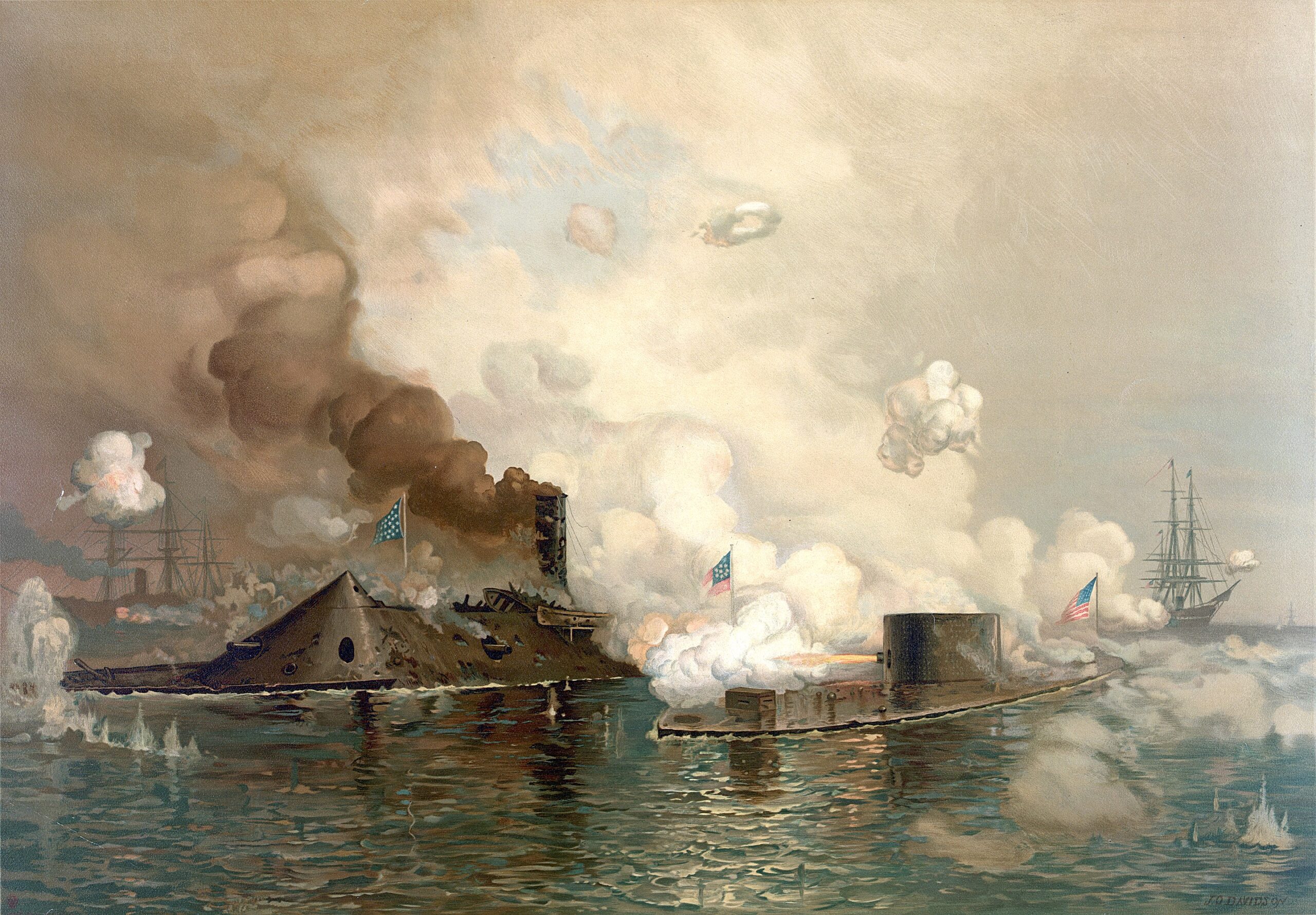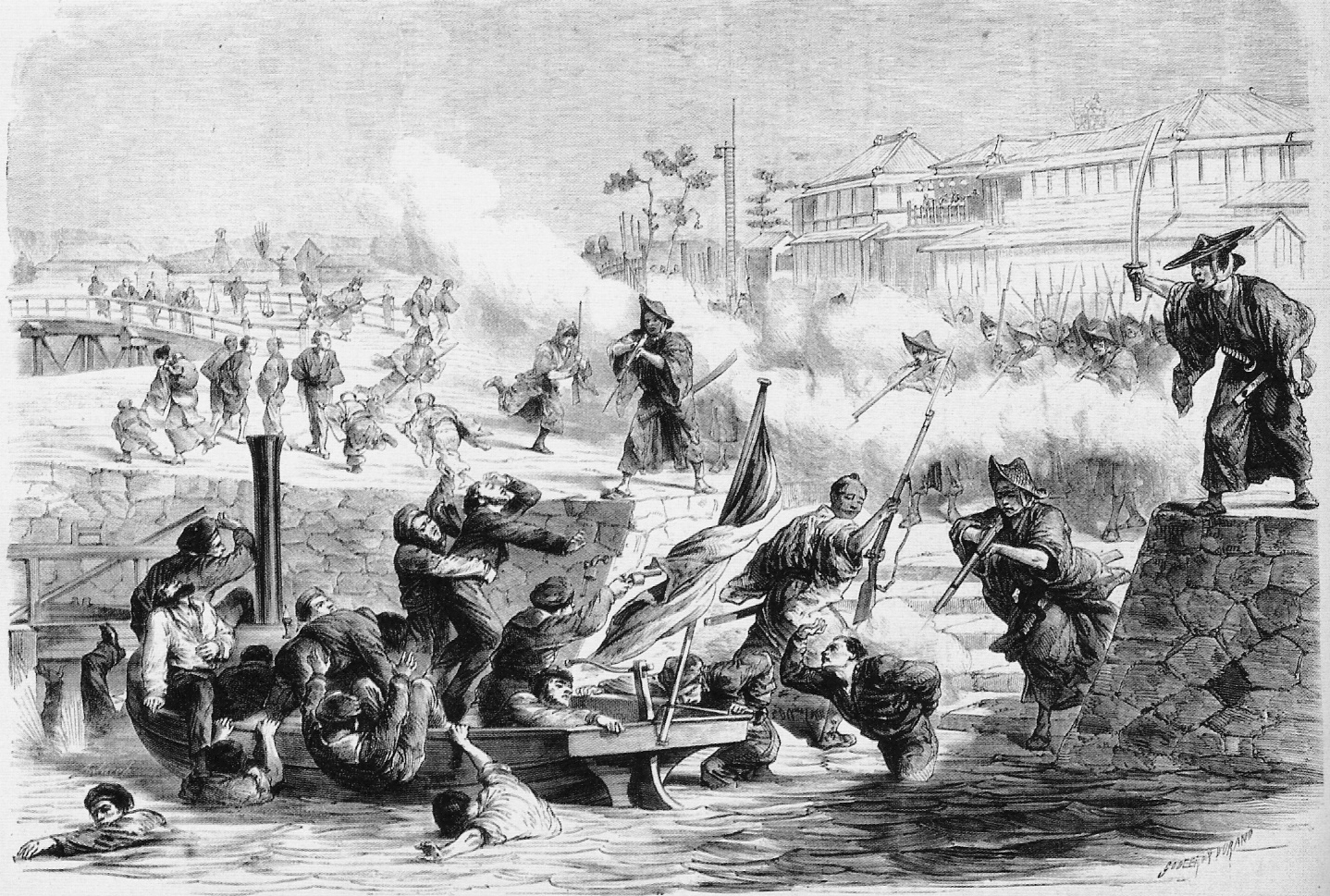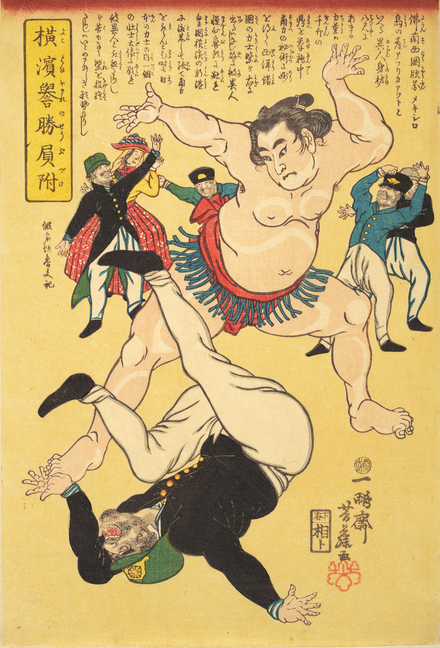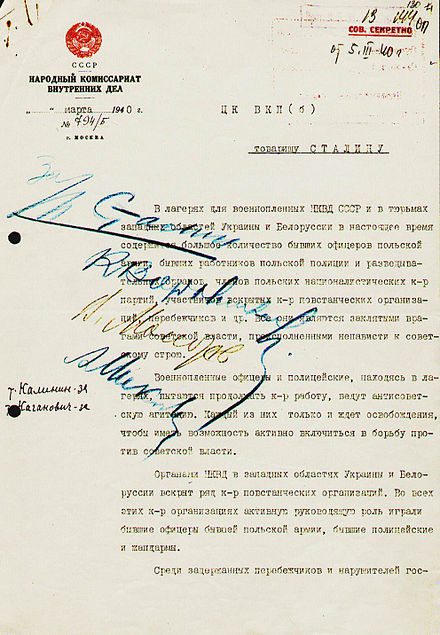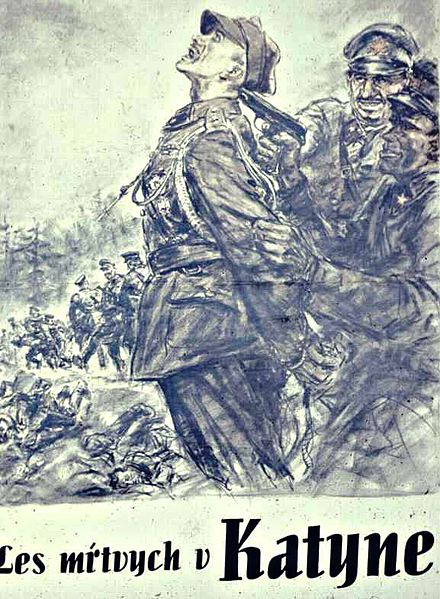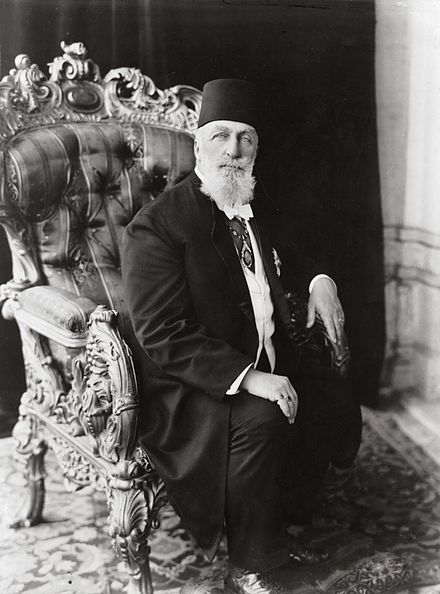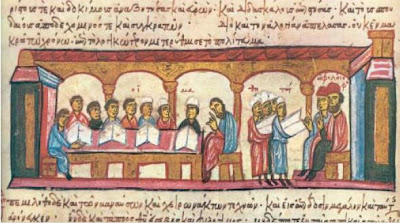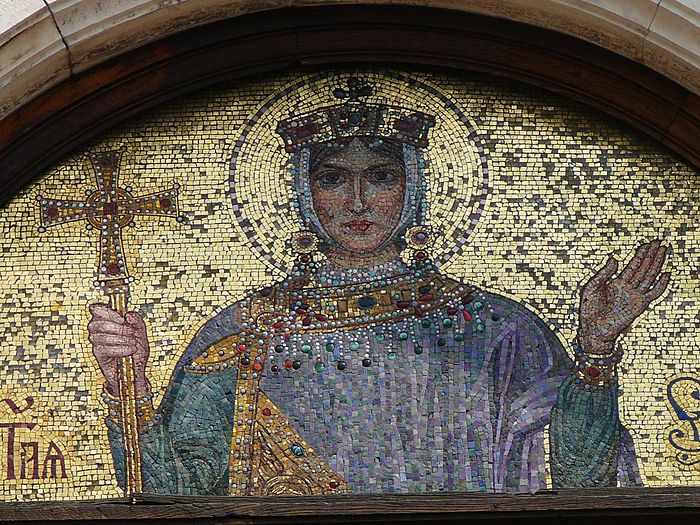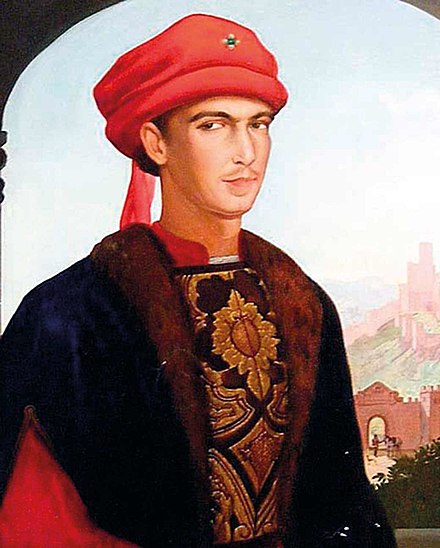
1473 The murder of Miguel Lucas de Iranzo
Born into a family of no particular noble distinction, Lucas de Iranzo (1453-73) rose in rank because he had been a page to prince Enrique who would become King of Castile. (Some chroniclers would suggest a homosexual relationship between the prince and Iranzo). Because of this bond he was heaped with honours: Constable, Royal Falconer, Chancellor, and member of the Council. His ascent caused jealousy among the ranks of the nobility, so for the sake of a quiet life he moved to the city of Jaén where he was governor. There he undertook civic improvements, established a mint, and strengthened fortifications — the city had only been wrested for the hands of a Muslim prince in 1446 and Andalusia was a contested frontier area. Iranzo was frequently at war with the forces of the Islamic Kingdom of Granada. As governor, Iranzo quarrelled with the local bishop, aroused the envy of local nobles, and upset the common people because of his protection of the city’s Jewish converts.
Lucas de Iranzo was murdered on March 21, 1473 while he was praying on his knees in the main chapel of the cathedral. The act was publicly justified because of the support that the Constable had given to the Jews, and, indeed, anti-Jewish attacks soon erupted in the city. After his death, King Enrique IV arrived in Jaén incognito and went to the Council, where he inquired about certain jurors and aldermen whom he deemed to be guilty of the assassination. He ordered them to be hanged from their windows in retribution.
